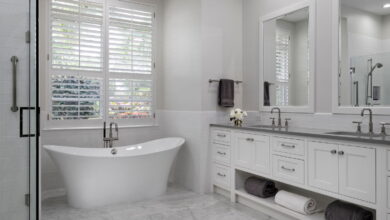Five Energy-Saving Tips For Your Home

We live in a world that is powered in ways that have never been done before in history. With the simple flip of a switch, we can energize a single lamp or an entire warehouse.
This technology is something we have come to depend on, but that doesn’t mean we want to spend too much on our energy usage. Some people may even find that their budget is difficult to maintain because of the energy bill they receive every month.
You may find that looking into ways of reducing your energy consumption will often bring up options for optimizing your appliances or perhaps spending a considerable amount of money upgrading the home. Although it may help, you also need to consider the amount of time it takes for you to see a return on your investment.
Typically, it is better to make changes around the home that don’t cost money if you are trying to save money. You can then consider the benefits of each additional option, if necessary, depending on the price and your budget.
Fortunately, there are some options available to help slash your energy bill and make it easier to afford this necessary payment. We have five tips for you below that can help cut the cost in any home, and do so with a minimal amount of impact on your life and comfort.
1. Turn Off Unnecessary Lights and Appliances
Since we were little children, we have been told to turn off the light when we leave the room. It is something that is ingrained into us–but it is also something that is often overlooked.
The fact of the matter is, we often have lights, televisions, and appliances running in the background and we don’t even give it much thought. These may only be using a few cents’ worth of power here and there, but it really adds up by the time the month is over.
First of all, it’s important to understand that there are two types of loads that exist with our appliances. We have the phantom load, which is how much electricity the appliance draws when it isn’t being used. We also have the operating load, which is the amount of power an appliance uses when it is operating.
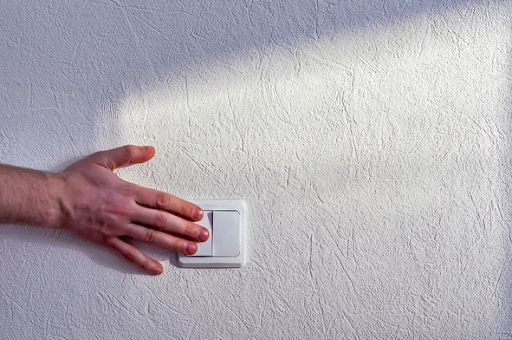
This often leads to a rather interesting and lively discussion. I’m sure that at some time in the past, you have heard that it is better to leave something running than to turn it off and back on again.
Let’s put that myth to rest. Unless you’re talking about constantly cycling a device on and off, making it run through the startup mode (if one exists), then it is better to turn the appliance off when it is not in use.
You might also notice that even when some appliances and other electrical devices are turned off, there is still a light, a clock, or something else operating in the appliance. This is drawing power, and it is part of the phantom load that we discussed earlier.
Turning off your electronic devices, lights, and appliances will save you money. If you want to cut back even further on your power bill, try unplugging or disconnecting the power to the devices you don’t need to reduce the phantom power completely.
2. Keep Doors and Curtains Closed
Any opening in the wall, ceiling, or floor is an opportunity for energy exchange with the outdoors. Doors and windows are the most common culprits, but there may be vents and other items that can lead to this energy bleed as well.
Keeping doors and curtains closed is an obvious way to reduce this issue, as it adds a layer of insulation between the room you are heating or cooling and whatever is on the other side.
You should also consider the possibility that closing a door or curtain is insufficient, especially if there are gaps under the doors or the curtains don’t quite fit the windows perfectly.
Other options may be necessary, such as using window treatments that will save on energy or perhaps putting a towel at the bottom of the door to keep air from escaping underneath it.
The more you can seal the room you are trying to heat or cool, the happier you will be with your energy bill. Some of the options are one-and-done solutions, but others will need to be considered regularly, such as sealing the door when you open or close it.
3. Manage Moisture by Sealing the Basement or Crawl Space
Moisture is a common issue in the basement or crawl space, and most people don’t give it much thought. In reality, the majority of the air in the crawl space is going to end up in your living space, so you’re raising the humidity throughout the home.
It all has to do with the stack effect, which most homeowners are unaware of. Warm air rises, and as it does, it goes through the ceiling and escapes through the roof. This creates a vacuum in the home, so air is naturally pulled from beneath. That is why high humidity below the home causes high humidity in the home.
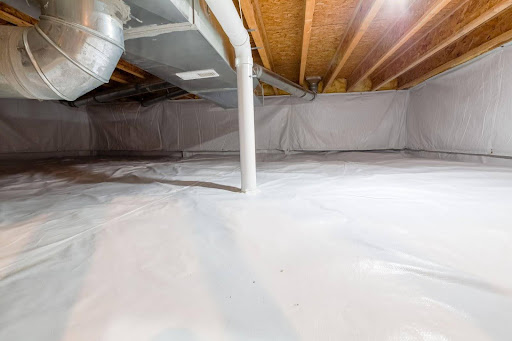
When the humidity is high in your living space, the air tends to hold onto more heat, making it harder for your AC unit to cool the air. In addition, the heat capacity of moist air is greater, making it harder to heat in the winter.
The best way to combat this is to take care of the problem at the source. If you have a crawl space, then you should consider crawl space encapsulation, which will reduce the moisture considerably. It even leaves you with a clean space where you can store your items.
Basement waterproofing can also lower the moisture in the basement, providing you with a convenient storage area (or even additional living space). Since you are lowering the moisture in the basement, you are also lowering the moisture in the home.
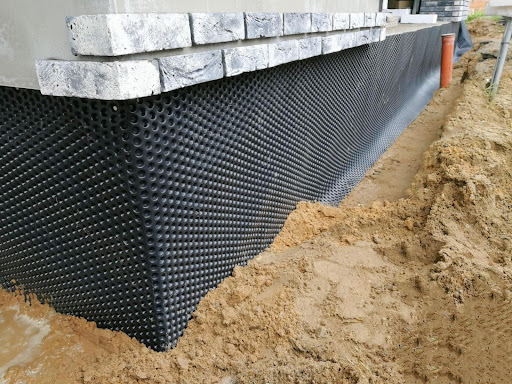
4. Insulate the Roof
Since a lot of air from the home escapes through the roof, insulating the roof is an obvious way to save money. It provides a year-round benefit for the homeowner.
If you have an attic space, you could insulate the ceiling as a first line of defense. Insulating the roof will only add to the benefit.
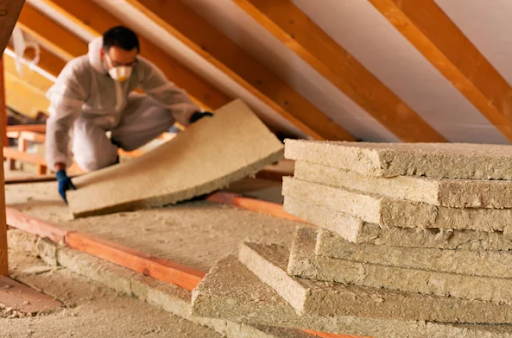
It is estimated that you may lose as much as 25% of your heat through the roof, causing your heating bill to skyrocket in the colder winter months. Radiant heat from the roof can also increase your energy bill in the warmer months.
5. Make Small Changes and Reap the Rewards
Most homeowners only consider the big changes when it comes to saving money on energy. In reality, you can probably save just as much (or even more) by making multiple small changes.
Here are a few of the smaller changes to consider:
Wash and Dry Full Loads – Make sure that your washing machine, dryer, and even your dishwasher are only being used when the machine is full. Don’t overload the machine (as that can cause problems as well), but it can be full to the acceptable capacity.
Turn Down the Hot Water Tank – Most hot water tanks will have a standard setting of 140°F. In most homes, however, a setting of 120°F will be sufficient. Be careful not to set it lower, or else bacteria could grow.
Use the Microwave Instead of a Conventional Oven, When Possible – The microwave uses much less energy than the oven, so if you can cook something in the microwave, you will also be saving money while doing it.
Don’t Preheat the Oven Longer than Needed – Preheating the oven is recommended for almost every recipe, from baked ziti to frozen pizza. Be careful that you don’t start the oven and walk away, allowing it to just sit there without doing any work.
Preheat in the Microwave – You can actually skip the preheating process by warming your food up in the microwave. You can then put it under the broiler to add a crust if necessary.
Turn the Thermostat Down in the Winter – It is not necessary, in most homes, to keep the temperature at a constant level 24 hours a day. By a smart thermostat and begin adjusting the temperature. Adjusting the temperature a few degrees can make a big difference in your energy consumption.
These are just a few of the different options for reducing your energy usage. If you work on them, however, you will see a difference in your next energy bill.
Author:
Timothy Roberts
I spent 20+ years working in construction and maintenance before retiring to the keyboard to do writing full-time. When I’m not writing construction articles, I enjoy spending time with my grandkids and traveling.





